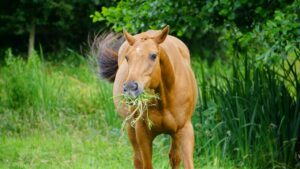
EMS, Laminitis, and Fructans: A Dangerous Trio for Equine Health
EMS, Laminitis, and Fructans: A Dangerous Trio for Equine Health Equine Metabolic Syndrome (EMS), laminitis
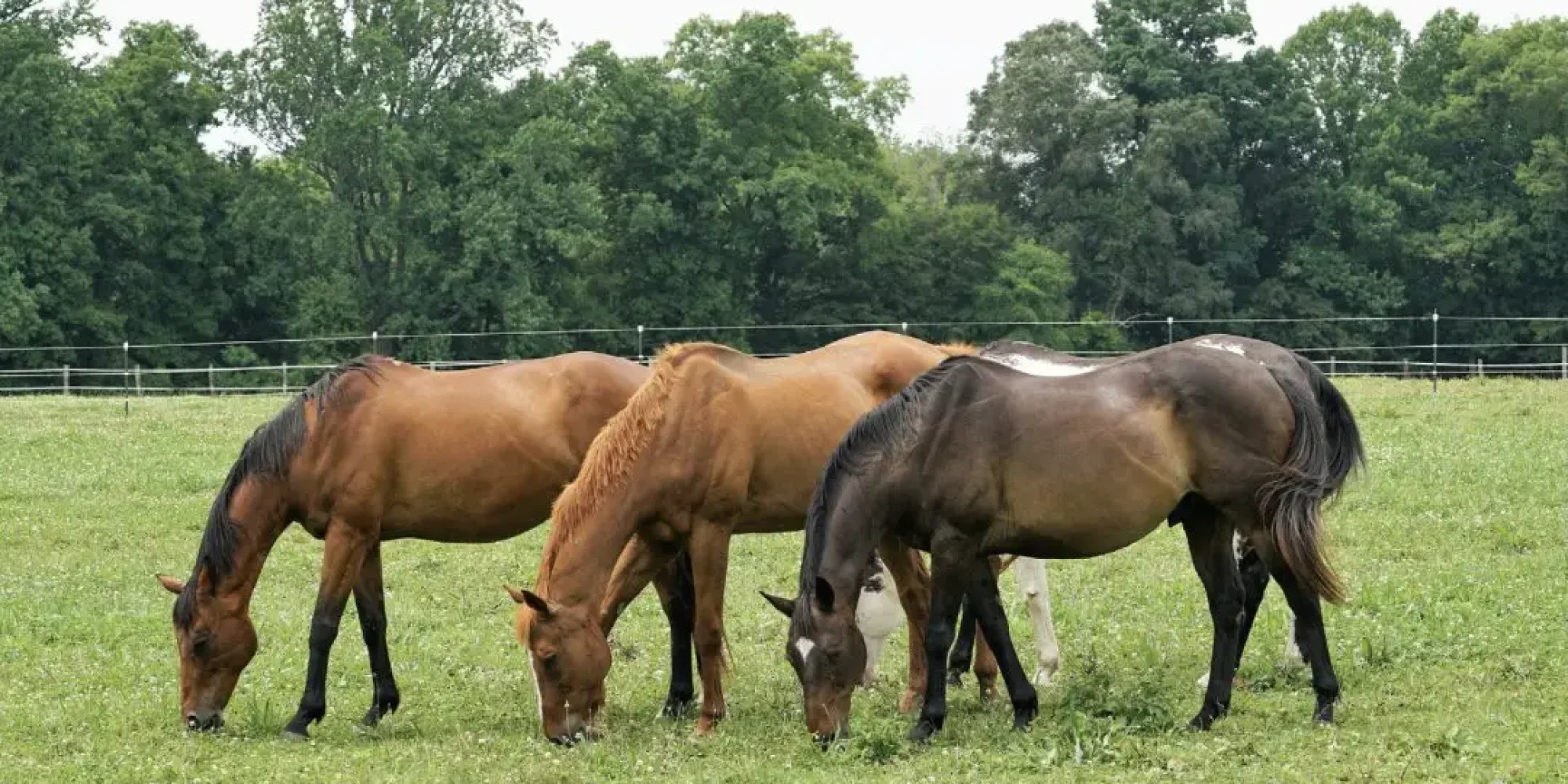
Stop! But not quite so fast.
Grazing may not be a big deal to many horse owners and quickly falls into the category of unnecessary time commitment. Especially when you have limited time availabe to spend in stables and at the riding facilities, this may be put on the back burner for some horse owners. The comeuppens comes at the latest with the first colic – and that is still a mild outcome.
Depending on how long the winter was and how well the pastures were prepared in advance of the season, the start of the first turn out can vary. The spring turn out usually begins between March and May. For every horse’s organism, this is the beginning of a change. When horses begin grazing again in spring, the horse’s organism, including its sensitive intestinal flora, has to adjust to the new food supply. The winter without grazing on the field is for horses, as a diet with renunciation of any pizza or cream pie is for us. If we don’t graze our horses properly, we serve them the pizza with cream pie for dessert, in an endless loop – just in the form of grass. It can cause lots of digestive problems resulting in serious illnesses e.g. laminitis.
In spring, pasture grass is still relatively low in nutrients, but all the richer in proteins and carbohydrates, such as fructans, which are mainly stored in short grass. If the transition from a diet low in crude fibre and protein, to a diet low in crude fibre but rich in protein – as in our case grass – happens too fast, the intestinal flora will not be able to adapt quickly enough.
To put it simply, different bacteria are involved in the digestion of the two types of food. If too many bacteria of one type suddenly die because they no longer get any food, the intestinal flora can end up unbalanced. An increased intake of fructans – i.e. fructose – leads to hyperacidity in the intestinal environment. You can imagine this process as follows: If the tendency of over-acidification in the intestinal environment increases, the useful intestinal bacteria die off. It is precisely these intestinal bacteria that have settled over the winter period without paddocks and fresh grass and ensure that the healthy intestinal environment is maintained. If these little helpers die off, toxins are released that are absorbed by the blood and form tiny clots that can damage the blood vessels. Those who know the term laminitis, and are familiar with the potential dangers and consequences, can get an idea of the possible outcome. In many cases, this change in the gut results in faecal water and diarrhoea. In the worst case, it can end in colic, poisoning and laminitis. Begin your horse’s grazing slowly, to avoid this outcome. The solution? Proper grazing!
Especially at the beginning of the spring turn-out, it is important that horses do not go on the field with an empty stomach. It is recommended to feed a good portion of hay in advance. It is ideal, of course, if the horses have hay racks on their paddocks/meadows. That way, the horse is already somewhat satiated and does not rush to the fresh grass. But even more so, the pasture grass can be processed better in the small intestine if there is a lot of raw fibre in the digestive tracts already.
Very few horse owners know that not only the duration of grazing is important, but also the weather and the time of day. This may sound extreme to some, but there is factual reasoning behind it:
Let’s imagine again that we are on a diet. This time, however, it’s not about intestinal milieu, but the grass itself. When we are on a diet, at a certain point the body stores energy for reserves. This is also the way plants do it. Grass that is not in the growth phase is problematic. When the grass is not growing, it stores the energy that it produced through photosynthesis. Don’t worry, we’re not turning this into a full biology and biochemistry lesson. The energy that the grass stores is obtained, among other things, through fructans.
On sunny and warm days the grass receives more solar radiation than it needs and stores the excess energy which results in higher fructan content. By the way, the same applies to drought: no growth.
But this does not mean that it is best to start grazing first thing in the morning when the sun is not yet shining strongly:
If the ground is frozen in the morning, the grass still stores the energy, because it is too cold to grow.
Mild, cloudy weather is ideal to avoid high fructan levels and prepare the horses for the grazing season.
Most horse owners know that grazing should be done slowly and in small steps.
The healthy intestinal flora of a horse needs at least 14 days to adapt to the change in feed. Let your horse out for a limited time for 4 to 6 weeks before you can let it graze the whole day. You can increase it by up to 10-15 minutes a day. How you ultimately organise the grazing depends, of course, on the individual horse and the conditions at the stable; some horses are less complicated and sensitive than others.
…
To summarise, you should feed hay before you let your horse graze, avoid short grass, find a shady spot, increase the duration slowly over 4 to 6 weeks, while paying attention to your horse’s well-being.
By the way: via our app you can write a note on which day and how long you grazed your horse – this is also especially interesting if your riding partner represents you on some days. This way you can share the information with others.
… The Happie Horse App will help you with that! Test the Premium Version of the Happie Horse App 7 days for free!

EMS, Laminitis, and Fructans: A Dangerous Trio for Equine Health Equine Metabolic Syndrome (EMS), laminitis
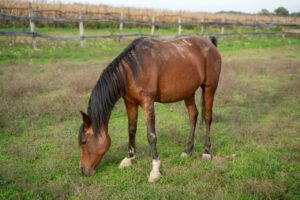
Fructan alert: How to master the grazing season month by month with the Happie Horse
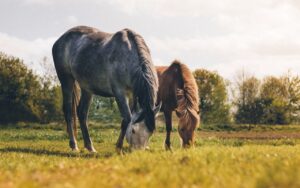
Transitioning Horses to pasture grass: A stress-free grazing season with the Happie Horse app It’s
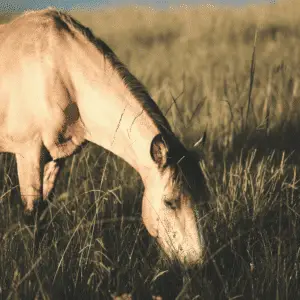
Is More Always Better? Some horses have the great fortune to be able to get
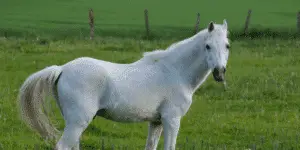
Fructans and Laminitis: A Dangerous Duo Hufrehe ist eine schmerzhafte Erkrankung, die Pferde stark beeinträchtigen
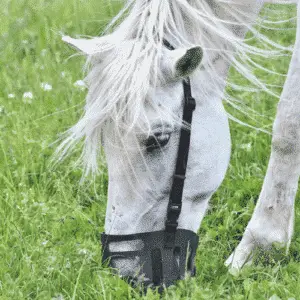
Expert Advice: Kim Lina Pethahn, an independent feed consultant, wrote this article. Advantages and Disadvantages